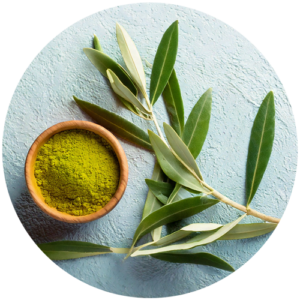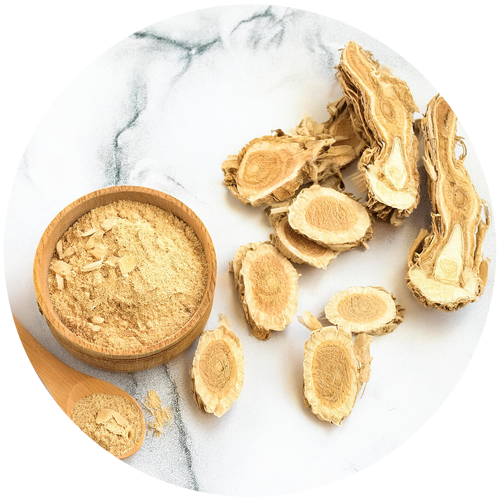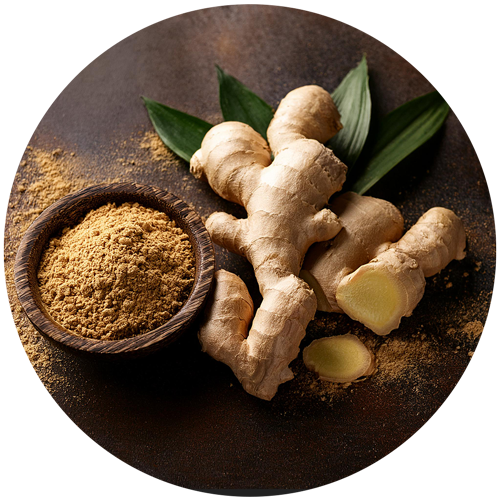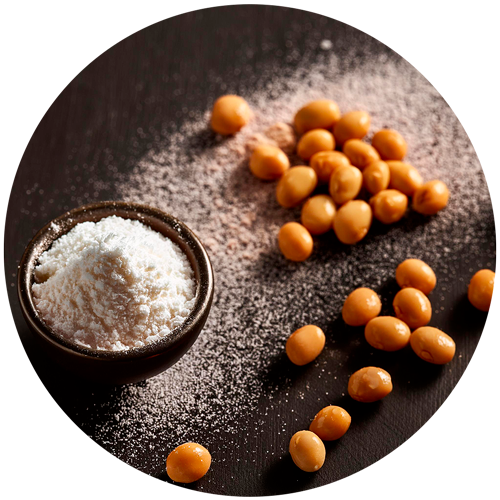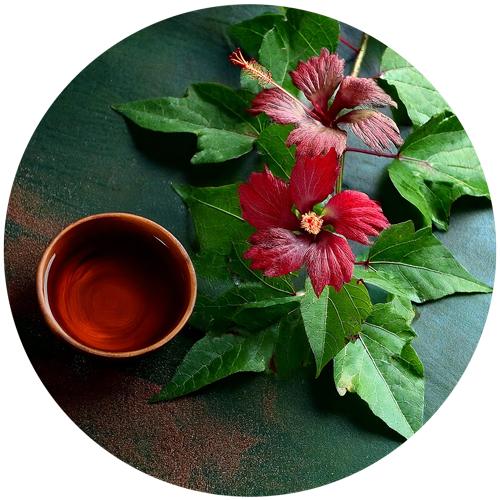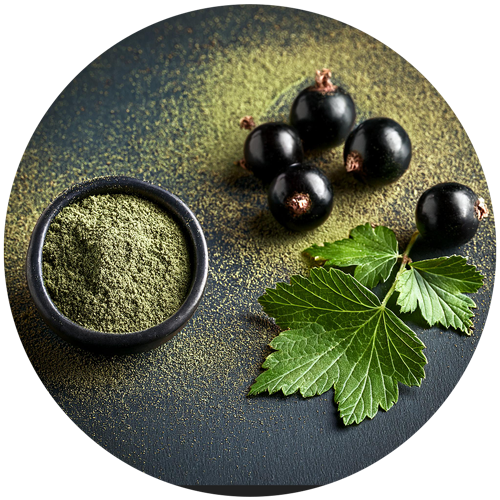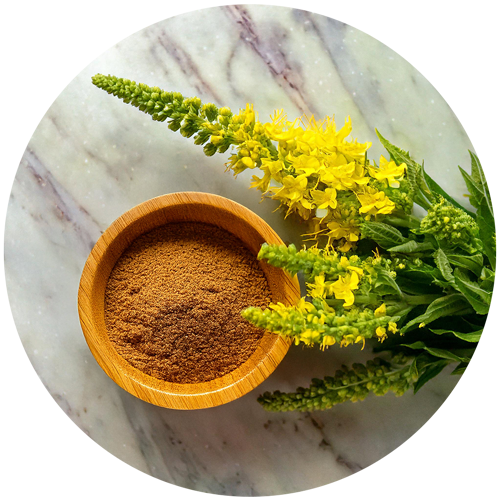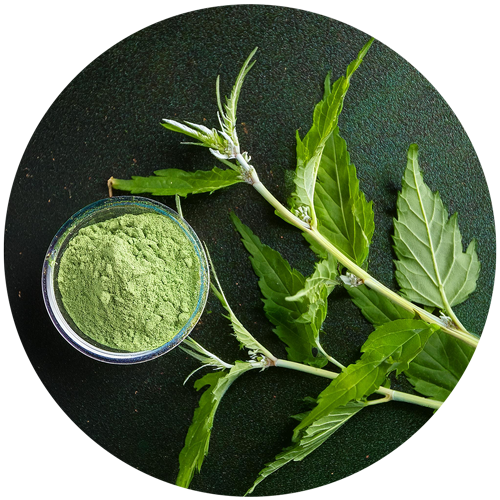Europe


OLIVE
Olea europaea L. Cardiovascular system
Cardiovascular system  Renal function
Renal function  Cholesterol
Cholesterol Olive leaves, Olea europaea, rich in oleuropein and polyphenols, support cellular protection, contribute to a balanced metabolism and promote cardiovascular health.
Our references
Regulations
and analysis
Identification : TLC
Data on traditional use
Cahier de l’agence du Médicament (France) :
- Traditionally used to promote renal elimination of water
EMA monograph :
- Traditionally used to promote renal elimination of water
Canadian monograph :
-
Used for renal elimination of water
German monograph :
- Used for blood pressure and renal elimination of water
Association ideas by health benefice
Select one or more axes:
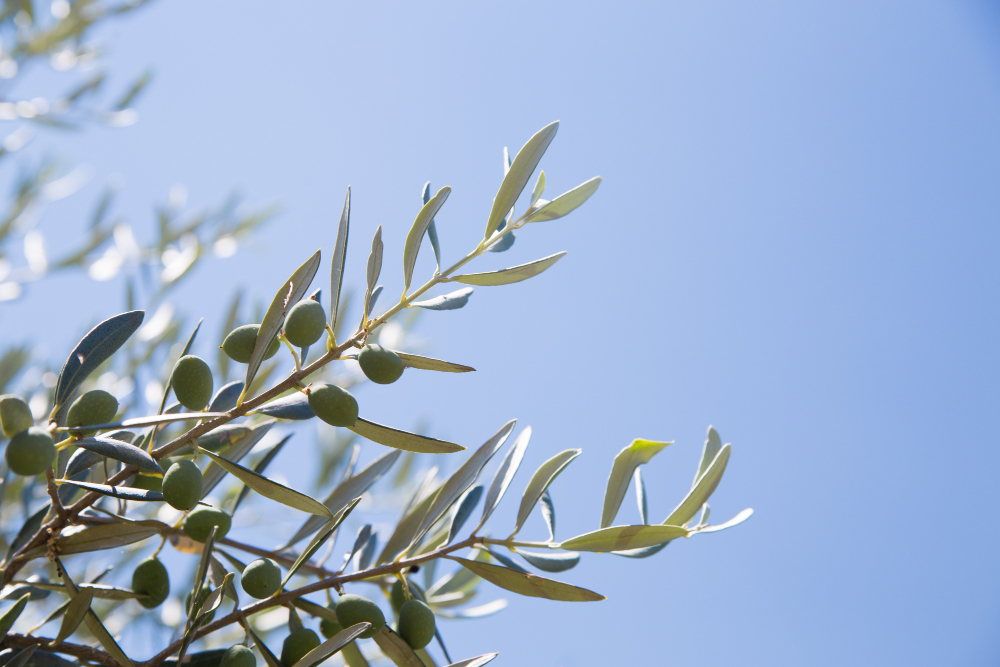
Detailed description
The olive tree, Olea europaea, an emblematic tree of Mediterranean regions, has been cultivated for millennia for its fruit and leaves. The latter, rich in bioactive compounds, are traditionally used for their contribution to general well-being and cardiovascular health.
Olive leaves contain polyphenols, including oleuropein, a major compound recognized for its antioxidant properties. They also contain flavonoids, triterpenes and phenolic acids, which help protect cells against oxidative stress and contribute to a balanced metabolism.
Traditionally, olive leaves are used to maintain normal blood pressure, regulate blood lipid and glucose levels, and support immune function. They are also valued for their protective effect on the vascular system and their role in improving metabolic parameters.
Modern studies highlight the potential of olive leaf extracts to support intestinal health.
